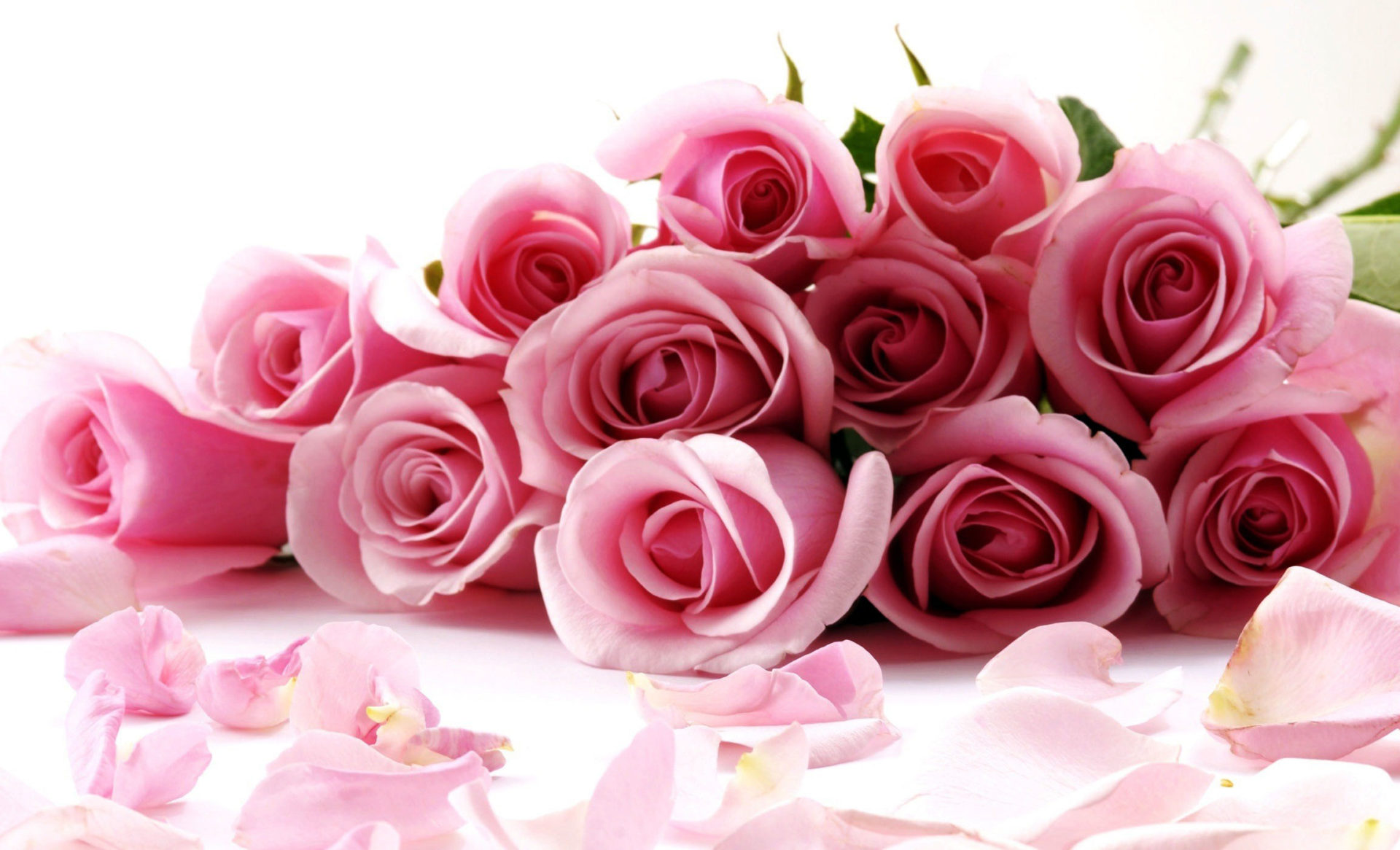 By David Trinklein, MU Extension
By David Trinklein, MU Extension
Valentine’s Day flowers, like love, can stand the test of time if given a little TLC.
Call it flor-amore.
Your flowers will last longer if kept watered and fed, University of Missouri Extension horticulturist David Trinklein said .
Trinklein’s tips and homemade preservative recipe provide an extended warranty of sorts to make certain flowers last up to twice their normal lifespan.
Cut flowers age when they lose more water than they take up. This most often happens when bacteria multiply and plug the water-conducting tissue of the flower known as xylem.
Additionally, too much sunlight, drafty areas and heat can cause excessive water loss. The result is a flower that loses its attractiveness prematurely.
Improper care of flowers can be the kiss of death, so it is important to show them some love to avoid heartbreak.
First, if you receive boxed flowers such as roses, prepare them for arranging by cutting about 1 inch off the bottom of the stems. If not re-cut, the stems of flowers can retard the uptake of water due to a water-blocking bubble of air formed at the base of the xylem. Cutting off the stem’s bottom lets water flow through the water-conducting tissue once again. A slanted cut is preferred to a straight cut since it provides more surface area to take up water.
After cutting, immediately immerse the cut stems in a clean vase filled with water treated with a commercial floral preservative or a homemade solution. Re-cut the stems about every third day and place flowers in fresh solution. This works equally well for flowers from a florist or from your home garden.
When flowers arrive in a vase or you buy a floral arrangement, ask the florist if preservatives were added. Boxed flowers such as roses may arrive with a small packet of preservative to be added when the flowers are arranged.
Floral preservatives usually contain food, mostly in the form of sugar, along with a material to reduce the pH of the water such as citric acid. The latter is helpful since bacteria tend to multiply more slowly in slightly acidic solutions. Additionally, preservatives contain a bactericide to further slow the growth of bacteria. Finally, a wetting agent is added to preservatives to make water “wetter” or more slippery. By breaking the surface tension of water with a wetting agent, it travels through the xylem up the stem more easily.
Commercial preservatives are convenient, but homemade solutions work equally well. Trinklein’s solution uses lemon-lime soda to provide sugar and acid. Mouthwash provides the needed bactericide and dishwashing liquid serves as a wetting agent.
Trinklein’s Homemade “Elixer of Youth” for Cut Flowers
- 1 pint of lemon-lime soda (not diet).
- 1 pint of water.
- 1 teaspoon of antiseptic mouthwash such as Listerine or Scope.
- 1-2 drops of dishwashing liquid.
Preservatives help flowers last longer, but they will not live happily ever after forever.
“The beauty and ephemeral nature of a rose or other Valentine’s Day flower is part of what makes it special,” Trinklein said. “Perhaps they would not be as appreciated if they lasted forever.”




Facebook Comments